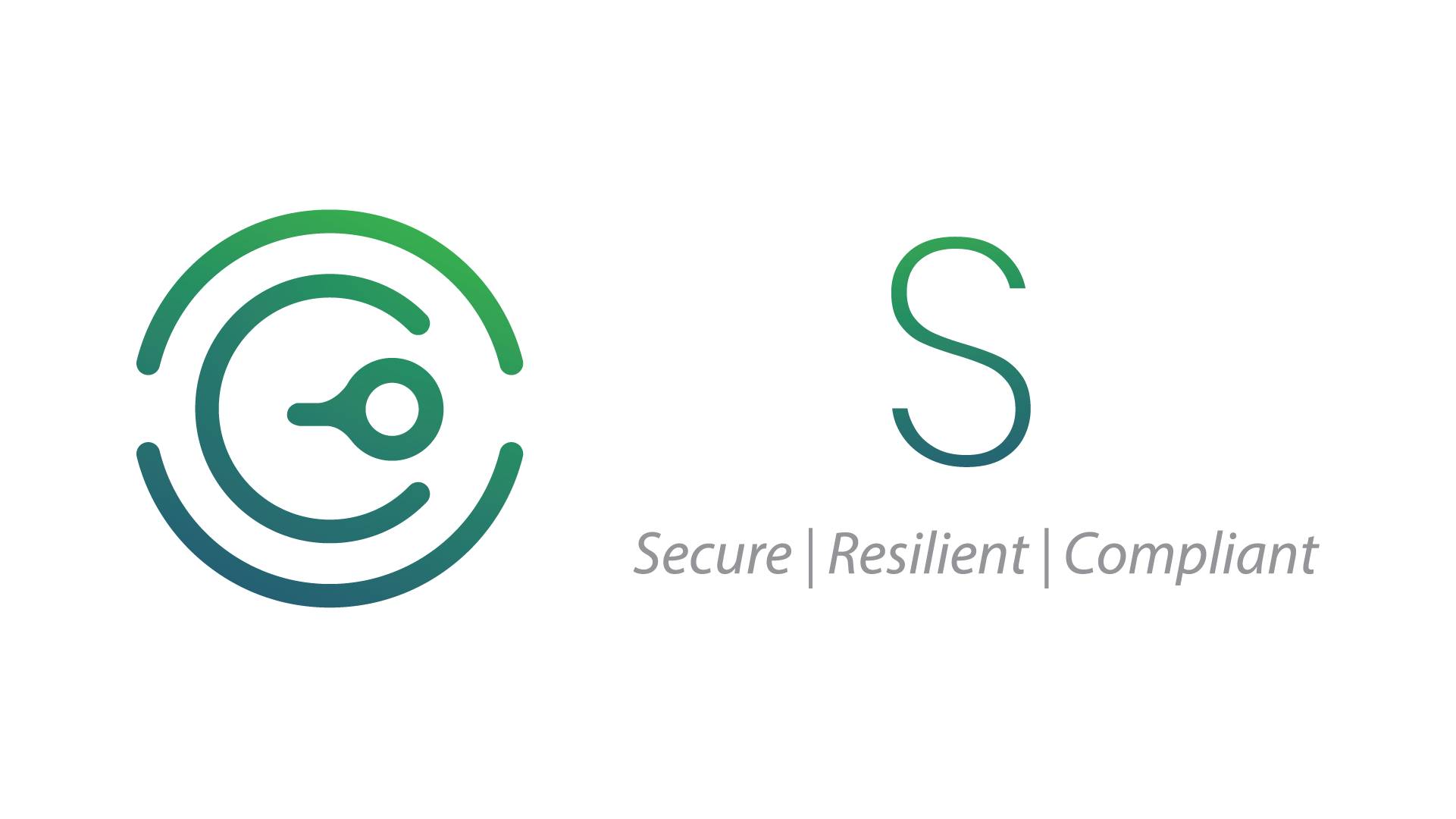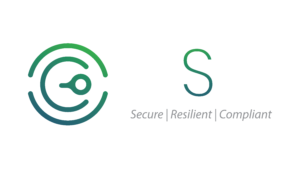
IAM Solutions: Enhancing Cybersecurity for KSA Enterprises
Saudi Arabia (KSA) is undergoing a profound digital transformation as part of its Vision 2030 initiative, which aims to diversify the economy and foster innovation. This transformation has significantly increased the adoption of advanced technologies, including cloud computing, IoT, and AI. However, the rapid digitalization of enterprises has also heightened cybersecurity risks. To address these challenges, Identity and Access Management (IAM) solutions have become a cornerstone for securing digital infrastructure and safeguarding sensitive data.
This article explores the importance of IAM solutions for KSA enterprises, the challenges they address, and best practices for their implementation.
1. Introduction
Cybersecurity threats are growing both in frequency and sophistication, with enterprises in KSA facing increased risks due to their adoption of advanced technologies and interconnected systems. IAM solutions provide a robust framework to manage user identities, enforce access controls, and ensure compliance with regulatory requirements.
Key Drivers for IAM Adoption in KSA:
- Regulatory Compliance: Adherence to frameworks like SAMA’s Cybersecurity Framework and the National Cybersecurity Authority (NCA) guidelines.
- Digital Transformation: Rapid digitization across sectors like finance, healthcare, and oil & gas.
- Threat Landscape: Rising cases of ransomware, phishing, and insider threats targeting enterprises in KSA.
IAM solutions not only mitigate these risks but also enhance operational efficiency and user experience, making them indispensable for modern enterprises.
2. Understanding Identity and Access Management (IAM)
a. What is IAM?
IAM refers to a set of policies, technologies, and processes that manage and secure digital identities and control access to enterprise resources. It ensures that only authorized users can access specific systems, data, and applications.
Core Components of IAM:
- Authentication: Verifying user identities using credentials like passwords, biometrics, or tokens.
- Authorization: Granting users appropriate access levels based on their roles and responsibilities.
- Monitoring: Tracking and logging user activities to detect anomalies and ensure compliance.
b. How IAM Enhances Cybersecurity
IAM strengthens an organization’s security posture by:
- Preventing Unauthorized Access: Ensures only legitimate users access critical systems.
- Mitigating Insider Threats: Limits access based on user roles, reducing the risk of privilege misuse.
- Enforcing Security Policies: Automates enforcement of least privilege and segregation of duties.
c. IAM in the Context of KSA
IAM is particularly relevant for KSA enterprises due to:
- The critical nature of sectors like oil & gas, finance, and government.
- Increasing adoption of cloud services and remote work, which require secure access management.
- Compliance mandates from authorities like SAMA and NCA.
3. Cybersecurity Challenges Faced by KSA Enterprises
a. Increasing Cyber Threats
KSA enterprises are frequently targeted by cyberattacks, including ransomware, phishing, and advanced persistent threats (APTs). These threats exploit vulnerabilities in user access controls and poorly managed identities.
b. Regulatory Compliance Requirements
Regulatory frameworks like SAMA’s Cybersecurity Framework and NCA guidelines mandate strict access controls and identity management practices. Non-compliance can result in hefty fines and reputational damage.
c. Managing Insider Threats
Insider threats, whether malicious or accidental, pose significant risks to organizations. Employees, contractors, and third-party vendors can misuse their privileges, leading to data breaches.
d. Cloud Adoption and Remote Work
The shift to cloud-based services and remote work environments has increased the attack surface, making secure authentication and access management critical.
4. Benefits of Implementing IAM Solutions for KSA Enterprises
a. Strengthening Security Posture
IAM enforces security best practices, such as:
- Role-Based Access Control (RBAC): Ensures users can access only what they need to perform their roles.
- Least Privilege Principle: Minimizes exposure to sensitive data and systems.
b. Enhancing Operational Efficiency
IAM streamlines identity management processes through:
- Automated Provisioning: Quickly grants or revokes user access.
- Self-Service Capabilities: Allows users to reset passwords or request access without IT intervention.
c. Supporting Compliance
IAM solutions help enterprises align with regulations by:
- Maintaining detailed logs and audit trails.
- Providing real-time reporting on user activities and access patterns.
d. Enabling Scalability
As organizations grow, IAM solutions adapt to:
- Manage increasing user bases.
- Secure access to emerging technologies like IoT and AI systems.
5. Key Features of Effective IAM Solutions
a. Multi-Factor Authentication (MFA)
MFA adds an extra layer of security by requiring users to verify their identity through multiple factors, such as passwords, biometrics, or hardware tokens.
b. Single Sign-On (SSO)
SSO simplifies user authentication by enabling access to multiple applications with a single set of credentials. This reduces password fatigue and enhances security.
c. Privileged Access Management (PAM)
PAM focuses on securing access to critical systems for privileged users. It:
- Reduces the risk of insider threats.
- Ensures accountability through detailed activity logs.
d. Identity Federation and Cloud Integration
Identity federation enables seamless access across on-premises and cloud environments by leveraging standards like SAML, OAuth, and OpenID Connect.
6. Steps to Implement IAM Solutions
a. Assess Current Security Posture
Evaluate existing identity and access management practices to identify gaps and vulnerabilities.
b. Define IAM Policies and Frameworks
Develop clear policies for:
- User authentication and authorization.
- Privileged access management.
- Role-based access control.
c. Select the Right IAM Tools
Choose IAM solutions that align with organizational needs, such as:
- Okta: For cloud identity and access management.
- Microsoft Azure AD: For hybrid environments.
- ForgeRock: For enterprise-scale IAM.
d. Roll Out IAM Solutions
Implement IAM solutions in phases to minimize disruptions. Provide training for employees and administrators to ensure smooth adoption.
e. Monitor and Optimize
Continuously monitor user activities, access logs, and system performance. Regularly update IAM policies to adapt to evolving threats.
8. Challenges in Implementing IAM Solutions
a. Cost and Resource Constraints
The initial investment for IAM solutions can be significant. Organizations must also invest in training and dedicated personnel for ongoing management.
b. Integration with Legacy Systems
Integrating IAM solutions with older infrastructure can be complex and time-consuming.
c. Resistance to Change
Employees may resist adopting new authentication methods due to usability concerns. Clear communication and training are essential to overcome this resistance.
9. Conclusion
IAM solutions are critical for enhancing cybersecurity and supporting the digital transformation of KSA enterprises. By implementing robust IAM practices, organizations can protect sensitive data, comply with regulatory requirements, and build a resilient cybersecurity posture.
Call-to-Action: Contact Centre Systems Group for tailored IAM solutions designed to address the unique challenges of KSA enterprises. Secure your digital future today.
Frequently Asked Questions
What is IAM?
IAM (Identity and Access Management) is a framework for managing user identities and access to enterprise resources.
Why is IAM important for KSA enterprises?
It secures sensitive data, mitigates insider threats, and ensures compliance with SAMA and NCA guidelines.
What are the core features of IAM solutions?
Multi-Factor Authentication (MFA), Single Sign-On (SSO), Privileged Access Management (PAM), and role-based access control.
How does IAM support regulatory compliance?
By maintaining detailed access logs and enforcing strict access controls aligned with local regulations.
What tools are commonly used for IAM?
Tools like Okta, Microsoft Azure AD, CyberArk, and Ping Identity are popular in the market.
What are the challenges in implementing IAM?
High costs, integration with legacy systems, and resistance to change are common challenges.
How does IAM improve operational efficiency?
It automates user provisioning and deprovisioning, reducing IT workload and improving user experience.
What role does PAM play in IAM?
PAM secures access for privileged accounts, reducing the risk of insider threats and unauthorized access.
How does IAM adapt to cloud environments?
IAM integrates with cloud platforms using standards like SAML, OAuth, and OpenID Connect.
What are best practices for implementing IAM?
Conduct a security assessment, define policies, choose scalable tools, and regularly monitor access logs.



Leave a Reply